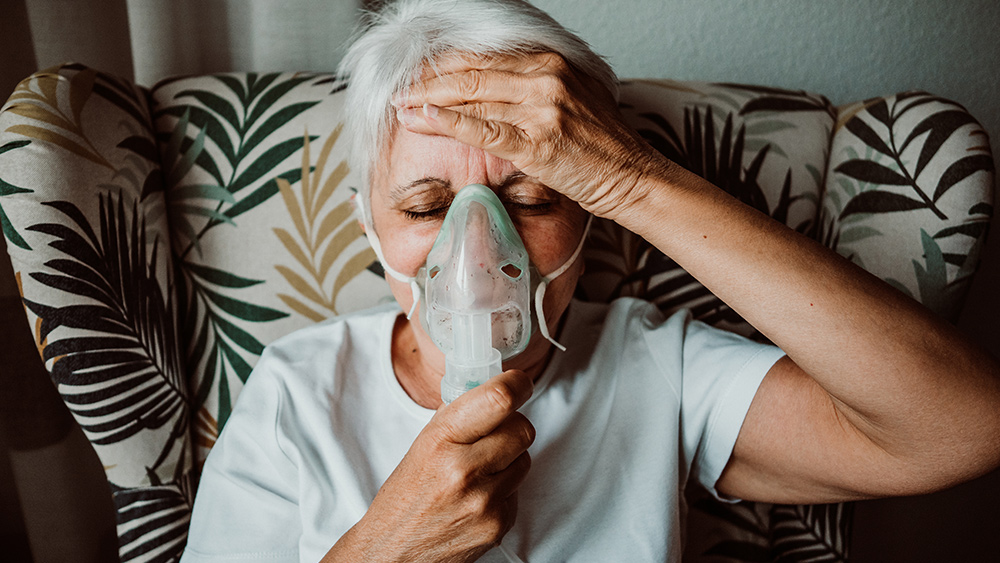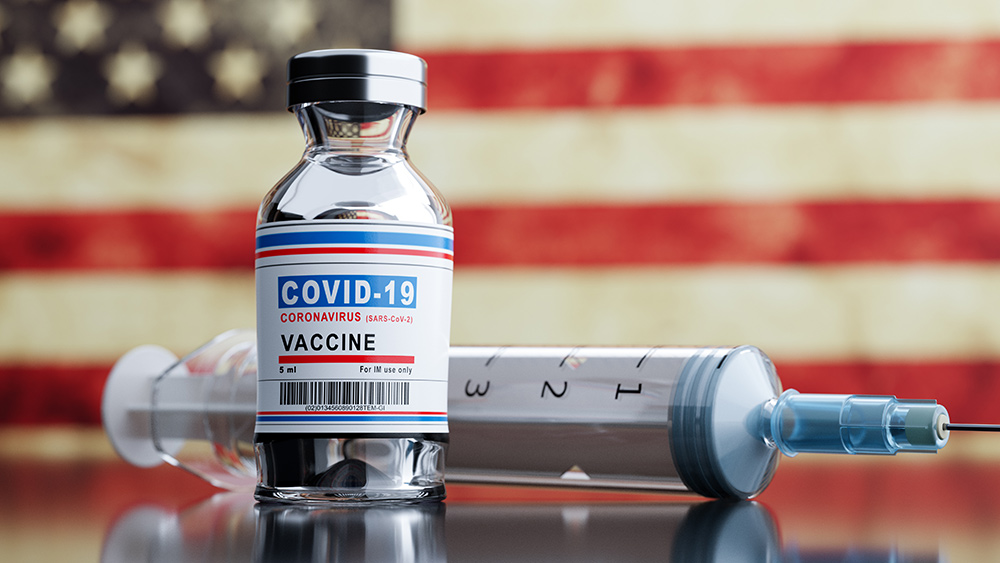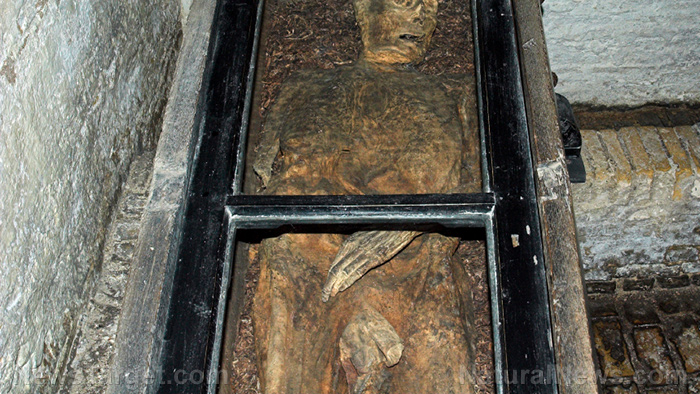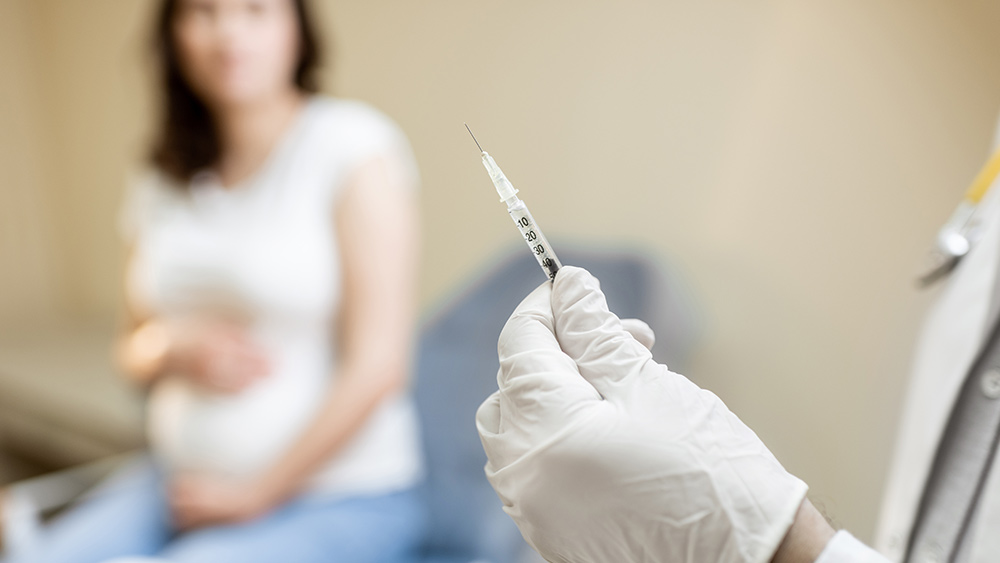
Hospitals all over India are struggling to get more oxygen for their Wuhan coronavirus (COVID-19) patients as supplies continue to dwindle in the country.
In Western and developed nations, hospitals usually produce their own oxygen. But in India, the hospitals have to rely on trucks and cargo trains that travel long distances to replenish their liquefied oxygen tanks or cylinders. (Related: New Delhi records highest ever single-day tally of 357 "coronavirus" deaths that are most likely caused by dangerous vaccines.)
Normally, about five percent of hospital inpatients in India require oxygen support. But these days, the majority of hospitalized COVID-19 patients need oxygen. This has put a strain on the country's complex logistics network, which was not strengthened when the coronavirus pandemic began in India last year.
Inox Air Products, a supplier of industrial gases and oxygen, estimated that before the pandemic India's demand for medical oxygen was around 700 tons per day. During the first wave last year, demand rose to 2,800 tons. Now, it has soared past 5,000 tons.
The country's logistics fleet has been unable to cope with the demand. This has made state and local government officials compete with hospitals and desperate families for dwindling oxygen supplies.
The situation has gotten so terrible that the governments in the states of Delhi and Haryana have accused each other of commandeering oxygen deliveries. Both states have sent police escorts to guard tankers filled with medical oxygen.
"India now has the worst oxygen crisis in the world," said Leith Greenslade, coordinator of the Every Breath Counts Coalition, a group that advocates for better medical oxygen provision and works with developing countries like India to reduce pneumonia deaths.
"We didn't get ahead of this, said Greenslade. "The international community was so focused on vaccines and diagnostic tests, they've missed oxygen."
Hospitals in New Delhi on the verge of collapse due to a lack of oxygen supplies
The situation has been most felt in the capital of New Delhi, where thousands of new cases and hundreds of deaths are being reported every day. On Wednesday, April 28, the city had just 13 intensive care beds available.
People with sick relatives have taken to expressing their plight on social media, where they beg people to help them find hospital beds, oxygen, medicine and other essentials.
In Moolchand Hospital in central New Delhi, Dr. Ali Raza, head of the emergency and trauma department, has no time to think about when the next delivery of oxygen will arrive because 12 of his 20 doctors are down with COVID-19 and the flood of patients has not abated.
"We always anticipated a second wave in April and May," said Raza. "But we never knew it would hit us so hard and so fast. They arrive gasping and they all need oxygen."
Gagandeep Trehan from the northern state of Punjab drove nearly 200 miles to Moolchand to find a bed and oxygen for his COVID-positive uncle, who was struggling to breathe. Six hospitals, including Moolchand, had already turned him away by the time he spoke with a reporter from Bloomberg.
"I am scared he won't live if he isn't treated," said Trehan. "I am ready to pay any amount for a hospital bed."
The 1,000-bed Moolchand Hospital is one of the main private COVID-19 care facilities in New Delhi. The situation there has gotten so bad that the company was forced to beg for oxygen on Twitter on Saturday, April 24.
"We have less than 2 hours of oxygen supply," explained Moolchand in a tweet calling for help. "We are desperate have tried all the nodal officer numbers but unable to connect. Have over 135 COVID [patients] with many on life support."
The tweet tagged the Chief Minister of Delhi Arvind Kejriwal and Prime Minister Narendra Modi.
Vibhu Talwar, managing director of the Moolchand HealthCare Group, made the decision to go on social media to beg for aid after his staff alerted him at 2 a.m. that the hospital's oxygen supplies were only a few hours away from being completely used up.
"By 7 a.m. we were left with just an hour and I pushed the panic button," said Talwar. "Obviously those hours between 5 a.m. and 8 a.m. were the most stressful time for me, my management team and our doctors and nurses. We have close to 150 COVID patients, there was a lot of panic – something I hope we never go through again."
Moolchand still has to deal with dangerously low medical oxygen supplies. This situation is compounded by the lack of certainty regarding when the next delivery will be.
"We try not to think about when the next oxygen tanker will come," said Raza. "Every hospital is running short of oxygen. Whatever limited resources we have, we have to work with that."
Similar situations can be seen in other hospitals around the capital. In St. Stephen's Hospital, a 600-bed private hospital in northern New Delhi, the situation got so bad for its 300 seriously ill COVID-19 patients that, at one point, the hospital's giant oxygen tank had just four to six hours of piped oxygen left.
St. Stephen's was only able to avert a disaster after it made frantic calls to the hospital's medical oxygen supplier coupled with desperate public appeals. Despite this effort, the piped oxygen still ran out several days after this incident, forcing the hospital to rely on oxygen cylinders for several hours.
"There's no oxygen," said Dr. Mathew Vargese, one of St. Stephen's senior physicians. "The system is broken down and we're losing patients. We don't know what to do. We're used to saving lives but we're watching people die."
The oxygen crisis has even resulted in several deaths. On April 23 in Sir Ganga Ram Hospital in the center of the capital, at least 25 COVID-19 patients succumbed to asphyxiation due to a severe shortage of oxygen. All the while, hospital authorities had been publicly pleading for help.
Dr. Sanoj Chacko, a manager in Moolchand Hospital's nursing unit, explained that his team is struggling every day to keep COVID-19 patients alive.
"In this situation, we have to fight for [their lives]," he said. "It's like a war situation."
Learn more about the oxygen crisis and the state of the coronavirus pandemic in India by reading the latest articles at Pandemic.news.
Sources include:
Please contact us for more information.




















